Can Jet Milling Solve the Persistent Agglomeration Problem in Ammonium Molybdate Production?

Ammonium molybdate (mainly including ammonium dimolybdate, ammonium tetramolybdate, and ammonium heptamolybdate) is an important intermediate in molybdenum deep processing. It is widely used in the production of molybdenum powder, molybdenum trioxide, catalysts, molybdenum metal products, and agricultural molybdenum fertilizers. During ammonium molybdate production, agglomeration has long been a persistent challenge for the industry. This problem […]
What Are the Three Main Preparation Methods of Barium Titanate Powder?

Barium titanate (BaTiO₃) powder is the primary raw material of titanate-based electronic ceramics. As a typical ferroelectric material with excellent dielectric properties, it is widely used in multilayer ceramic capacitors (MLCCs), sonar devices, infrared radiation detectors, grain-boundary ceramic capacitors, and positive temperature coefficient (PTC) thermistors. With broad application prospects, barium titanate is regarded as a […]
How to Prepare Porous Carbon from Activated Carbon?
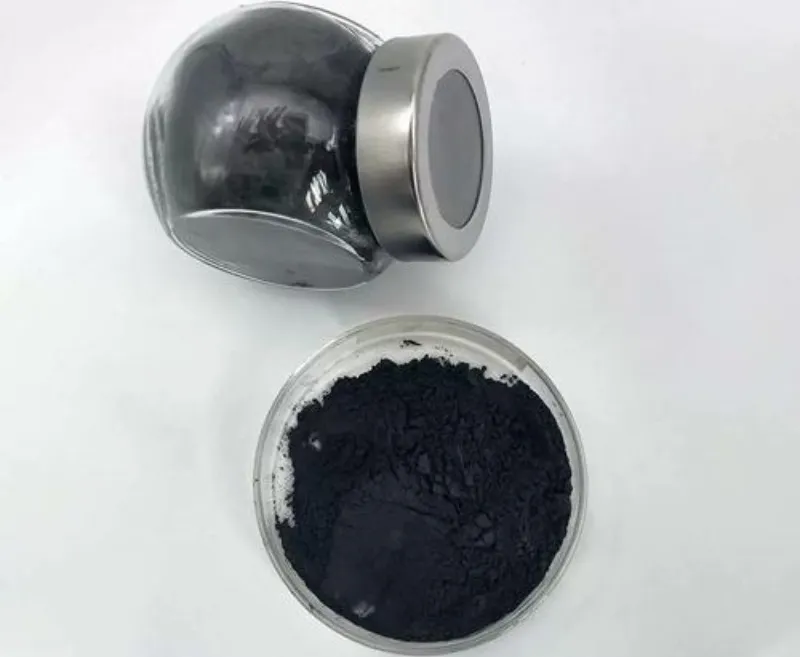
Activated carbon is itself a typical porous carbon material. It features a highly developed pore structure, a large specific surface area, and excellent adsorption performance. It is widely used in adsorption, catalyst supports, and energy storage. Porous carbon is a broader concept that includes carbon materials with micro-, meso-, and macropores. In particular, hierarchical porous […]
Why Natural Graphite Has Become a “Strategic Resource” for High-Tech Industries?
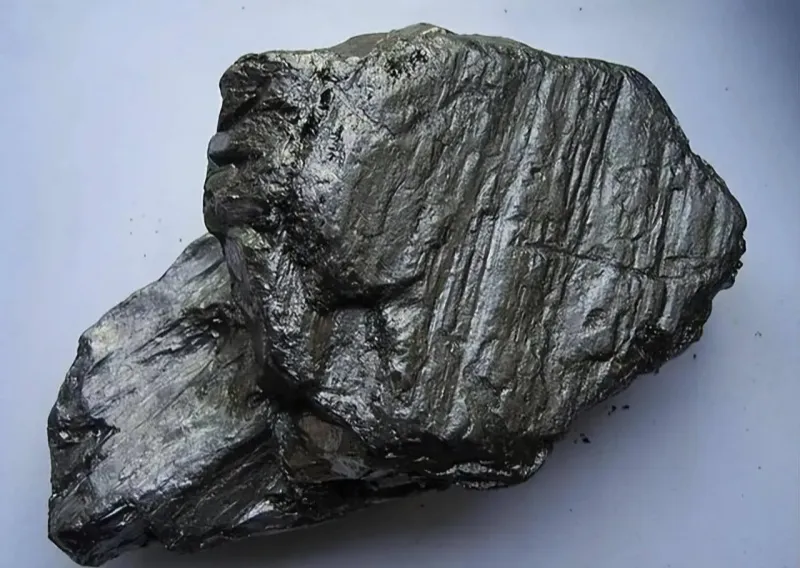
Natural graphite is a strategic non-metallic mineral known for its exceptional multifunctional performance. With outstanding thermal stability, high strength, excellent electrical and thermal conductivity, stable chemical properties, and superior lubricity, plasticity, and thermal shock resistance, natural graphite plays an irreplaceable role across traditional industries and emerging strategic sectors. It is often referred to as a […]
Why Ceramic-Lined Pulverizing Equipment Is Essential in the Production of New Energy Cathode and Anode Materials
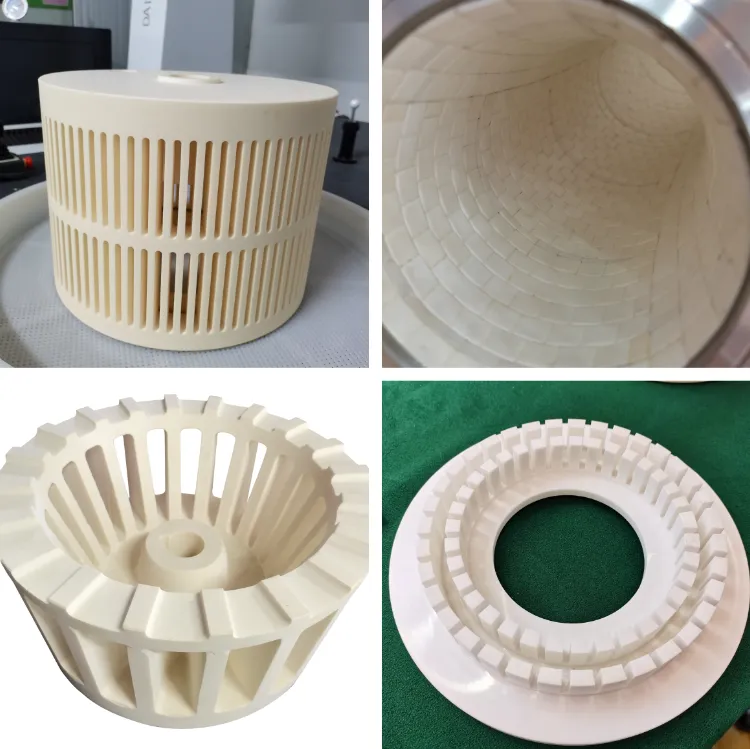
In the lithium-ion battery industry, the ultra-fine grinding and classification of cathode and anode materials are key processes that directly determine material performance. Whether it is high-nickel cathode (NCM/NCA), lithium iron phosphate (LFP), artificial graphite, soft carbon, or hard carbon, powder quality strongly affects battery energy density, rate capability, and cycle life. As battery performance […]
How Does Air Jet Mill Affect the Particle Size Distribution and Morphological Characteristics of Hard Carbon Anode Materials?
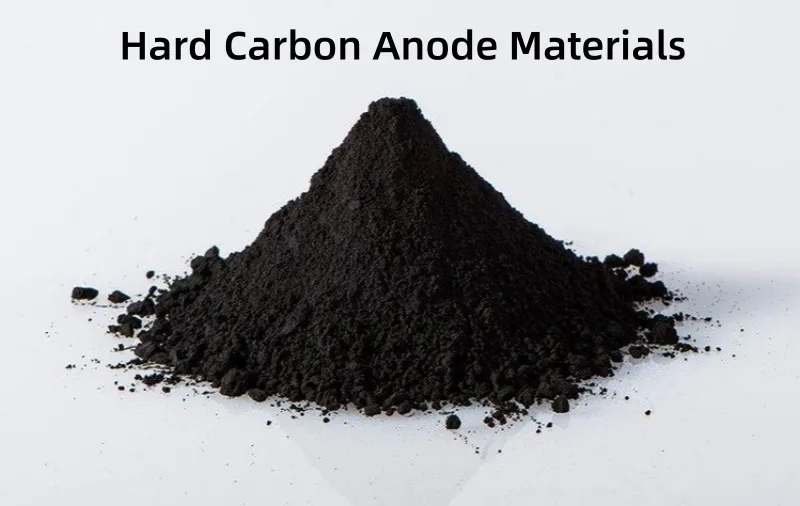
The practical performance of hard carbon anode materials in sodium-ion batteries is highly dependent on their microstructure, and the particle size distribution (PSD) and morphology are key factors determining ion diffusion pathways, electrode packing density, first-cycle Coulombic efficiency, and cycle stability. Air jet mill, as the most commonly used ultrafine grinding method in hard carbon […]
How Is Talc Powder Applied in Coatings?
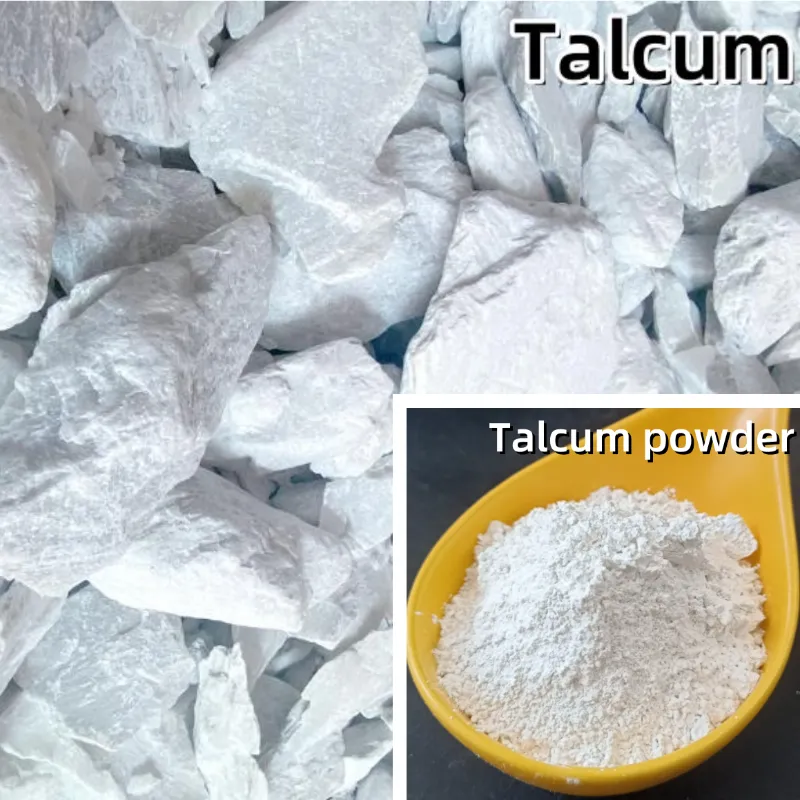
Talc powder is one of the most widely used and cost-effective functional fillers in the coatings industry. Its main component is hydrated magnesium silicate, with the chemical formula 3MgO·4SiO₂·H₂O, belonging to the monoclinic crystal system. It typically appears as pseudo-hexagonal or rhombohedral plate-like crystals. High-quality talc powder is white or off-white. It has a smooth, […]
Why Is Aluminum Hydroxide “Favored” in the Flame-Retardant Field?
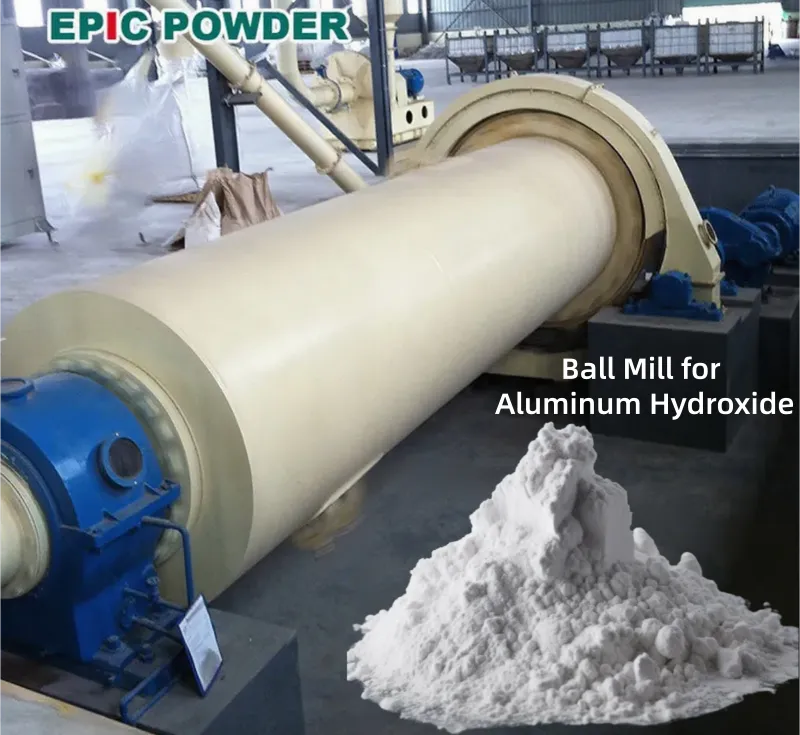
Polymer materials are one of the three major material systems alongside metals and ceramics in modern industry. They are widely used in daily necessities, electronics, electrical components, cable manufacturing, automotive parts, construction materials, and many other fields. However, since most polymers have carbon-chain backbones, they readily decompose when heated and generate flammable gases. As a […]
What’s the Difference Between Natural and Dutch-processed Cocoa Powder?
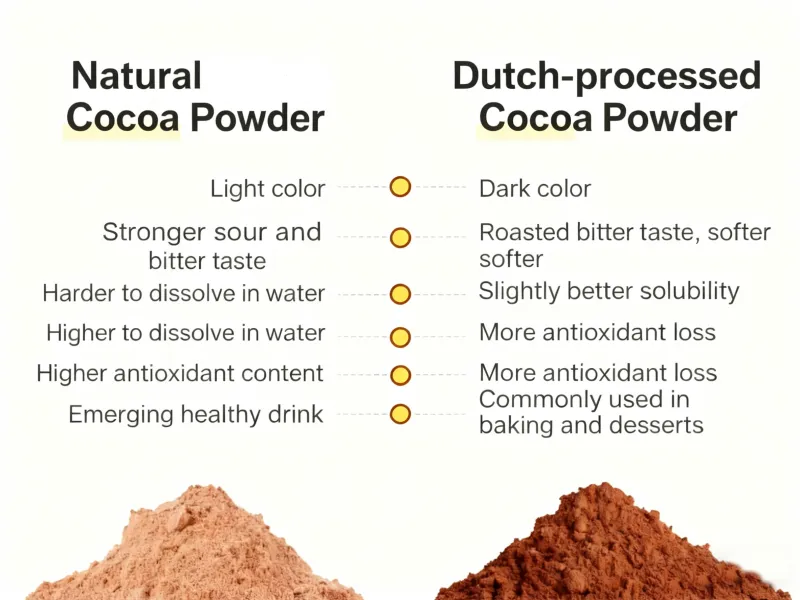
Cocoa powder is one of the most essential ingredients in chocolate production, baking, and beverage preparation. It not only determines the flavor depth and color intensity but also directly affects the final product’s texture and appearance. Among all the parameters of cocoa powder, the most frequently mentioned distinctions are “Natural Cocoa Powder” and “Dutch-processed Cocoa […]
